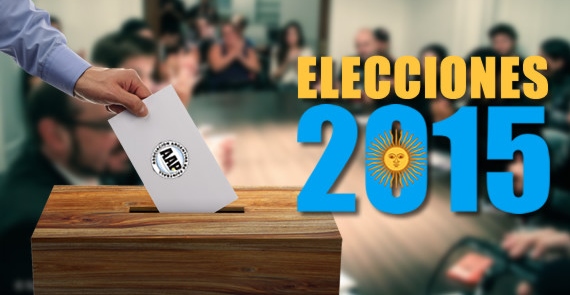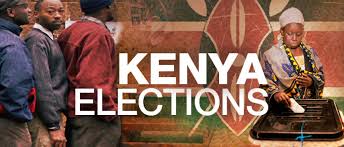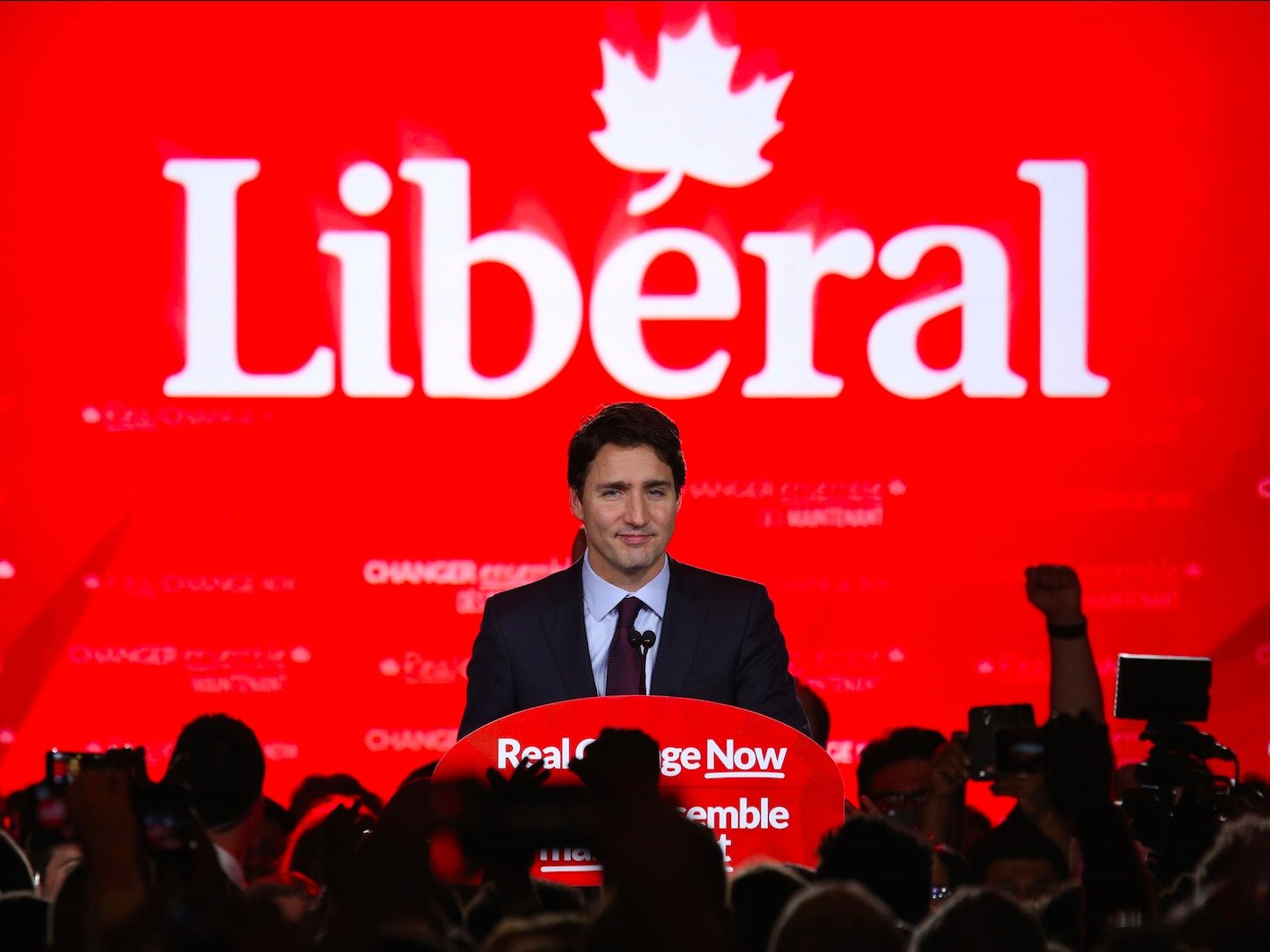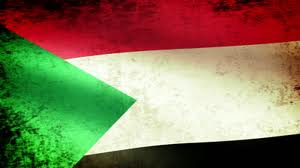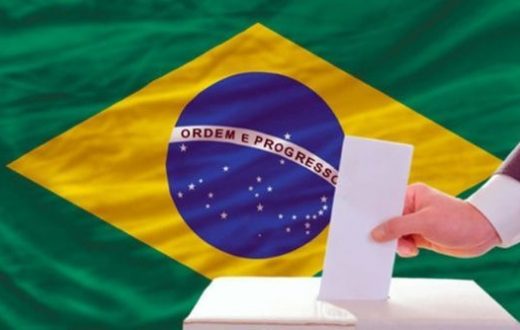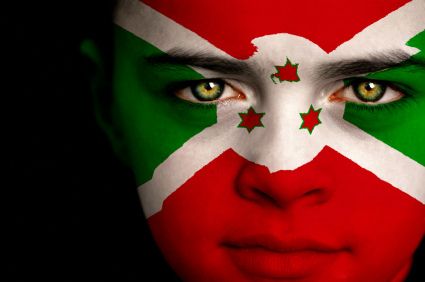Summary
Argentina is preparing to choose a new president, and the Kirchner-Fernandez clan’s 12-year rule is coming to an end. Argentines will head to the polls Nov. 22 in a vote that will pit the ruling Front for Victory’s Daniel Scioli against the more conservative Cambiemos coalition’s Mauricio Macri. Results from the first voting round, which was held Oct. 25, showed Scioli holding a three-point lead in the race.
Regardless of who wins, though, the next administration will bring with it some important economic and political changes. The new president will face the challenging tasks of reducing Argentina’s subsidy burden, encouraging foreign direct investment and negotiating renewed access to foreign credit markets. He will also face a sharply divided lower house of Congress, where intense political battles will be commonplace as Argentine parties vie for the votes they need to pass or block legislation.
Analysis
Results aside, the approaching presidential election could bring with it several benefits for the private firms operating in Argentina. The next administration will likely refrain from expropriations of private assets, which were a hallmark of former presidents Nestor Kirchner and Cristina Fernandez de Kirchner. Macri has also promised to repeal the country’s supply law, which gives the government greater oversight of the private sector and strengthens price controls on goods sold in the country.
But Argentina’s primary challenges in the coming years will be economic. Many of the factors that have complicated the country’s finances and politics in the past few years will remain in place well into the next presidential term. First, Brazil’s slowing economy, combined with Argentina’s protectionist trade barriers, is steadily eroding bilateral trade. (Argentine exports to Brazil, its largest trading partner, declined by about 27 percent between 2013 and 2014 and are expected to drop further this year.) Brazil’s economy, which is expected to contract by about 3 percent in 2015, is set to see only sluggish growth for the next few years, meaning that Argentina will have to look elsewhere to make up for fewer trade opportunities with Brazil. But even this will be difficult, since Argentina is geographically isolated and uncompetitive in the market for manufacturing exports.

Second, Argentina lacks the financial resources to significantly open its domestic market to private sector imports in the near future. Capital flight, high levels of public spending and falling investment and exports have steadily depleted the country’s foreign currency reserves. Though projected to rise slightly thanks to next year’s soybean and grain exports, Argentina’s stock of foreign currency (currently at about $26.1 billion) will not rebound enough to solve the country’s financial woes. So while the next president may try to loosen some of the restrictions on imports and the disbursement of foreign currency to importers, Argentina will not be able to reverse its protectionist stance overnight, and the country’s depleted currency stocks will continue to be an issue.
Argentina will also have to grapple with a federal deficit of at least 3.5 percent of gross domestic product, if not higher, as well as high inflation caused by rapid monetary expansion. The next administration could try to rein in spending in an attempt to cut inflation, but it would likely encounter resistance from some of its constituencies. Similarly, efforts to repeal price freezes and remove energy subsidies could create political blowback, especially in legislative elections set for 2017. The elections, which will decide half of the 257 seats in the lower house of the Argentine Congress, will be of crucial concern for the incoming president, who will have to deal with an almost evenly split legislature for the first two years of his tenure. Since the Front for Victory holds 109 seats and Cambiemos holds 92, both sides will have to negotiate with Argentina’s smaller political blocs to achieve a simple majority. This process will likely spur an intense competition for votes in the lower house for at least the first half of the next president’s term.

Argentina’s growing financial concerns will encourage the future administration to negotiate with its foreign creditors, especially the holdouts that have demanded the repayment of more than $1.3 billion in debt left over from the country’s 2001 default. The dispute plunged Argentina back into default in 2014, which has hampered its ability to borrow abroad ever since. Finding a solution to the current impasse would change that, but negotiations could also open the country up to even bigger debt payments, as could an October ruling by a U.S. federal court that other bondholders could seek payment of the roughly $7.4 billion in Argentine bonds that have been in legal limbo since 2001. Though Fernandez took a tough stance with these bondholders as part of her political platform, her two potential successors have not. This fact, coupled with the country’s dire financial situation, make it more likely that the next government will pursue talks with Argentina’s creditors.
The Nov. 22 election will bring Argentina a new leader, but the country’s underlying political and economic problems will stay the same. So although some business-friendly changes and moves to open up the economy can be expected from the next administration, which will undoubtedly be hungry for cash, it is unlikely that we will see any drastic changes in how Argentina’s economy interacts with the rest of the world.

